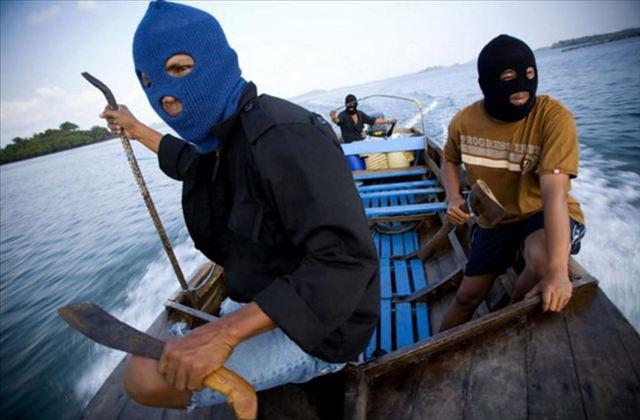
Marine Gas carrier safety precautions are perhaps the most intensive in the shipping industry, the hazardous cargo these vessels carry are highly explosive material that is considered potentially dangerous to crew of the vessel and other vessel. The vessels are inspected thoroughly for leaks that could spark disaster among other hazards like static that is responsible for many gas carrier disasters.

Special inspection and maintenance teams inspect the vessel armed with sophisticated equipment that helps detect any leaking gas and pin point were the leak is. Unlike most other vessel gas carrier safety precautions are mostly conducted with pressurized gas being filled in the storage tanks? Without having the pressure within the tank it would prove to be impossible to detect the source of the leak and repair it. This calls for the highest form of precautions to avoid setting ablaze the gas that is leaking for the tanker.
Technology has developed many different sealants that may be used onboard the vessel to stop leaks but these are temporary solutions that are only used during a voyage. An army of valves can be temporarily shut down to reduce the pressure to the leaking tank or pipe while the adhesive is applied or the leaking part repaired or replaced. As on most equipment particular parts on board the gas carriers are prone to leaking, it is rear to find the main storage tanks leaking and more common to find leak problems of piping that is used to load, offload and connect the tanks. There are also many pipes that run to the surveillance station were a 24/7 person monitor each tanks pressure level.
This surveillance post is in most cases the first to detect that there is a leak, since technological advances equipment can be installed along the pipeline to measure the pressure and report any irregularities that may be measured. Computerized measurement systems keep content check in the tank and internal pipe pressure and the slightest reduction of pressure from the fixed measurement triggers an alarm notifying for added gas carrier safety precautions.
Since the leaking gas cannot be controlled the

highest level of precaution must be taken, most gas carriers are required to install only anti static equipment onboard the vessel. This helps reduce the danger of accidental ignition of any leaking gasses, electrical cabling sockets and all electronics must have secure connectors have do not spark. The vessel are also equipped with a main cut off switch that cuts the supply of electrical power to all parts of the vessel except the bare essentials which are specially designed to avoid sparking and are anti static. As a precaution even the flash lights that may be used during a night maintenance operation are static free.
These stringent precautions have considerably improved the safety onboard marine gas carrier safety precautions and incidents of fire or accidents are rare. Today technology has made marine gas carrier safety precautions much easier since crew are able to detect the source of any leak in a matter of seconds since special computer systems survey, locate and alert the crew on the exact position off the leak thus reducing any danger of disaster to a bare minimal.







